Table of Contents
Mercedes M278 4.7 L Twin-Turbo V8 (2010–2020)
The Mercedes M278 engine is a twin-turbocharged 4.7 L V8 petrol unit that debuted in 2010 as the replacement for the naturally aspirated M273. Featuring direct injection, twin-scroll turbochargers, and advanced timing chain architecture, it offered more power, efficiency, and lower emissions.
Widely used in models such as the S-Class, E-Class, CLS 257, GL-Class, and SL-Class, the M278 combined smooth torque delivery with luxury refinement. But like any complex V8, it comes with common issues that owners should watch out for.

For a full overview of all Mercedes engines, visit our Mercedes Engine Types Hub.
M278 Engine Overview
- Type: 4.7 L twin-turbo V8
- Based on: M273, but upgraded with direct injection + turbocharging
- Production years: 2010–2020
- Applications: Luxury sedans, coupes, SUVs
Compared to the M273, the M278 delivers higher power output, better fuel economy, and lower emissions, making it a significant step forward in Mercedes V8 technology.
M278 Technical Specifications
| Variant | Displacement | Power Output | Torque | Applications |
|---|---|---|---|---|
| Standard M278 | 4,663 cc | 300 kW (402 hp) | 600 Nm | E500, CLS500, ML500, GL500, SL550 |
| High-output M278 | Same | 320 kW (429 hp) | 700 Nm | S550 (W222), SL550 post-2014 |
Key Features:
- – V8 DOHC with VVT
- – Direct fuel injection
- – Compression ratio: 10.5:1
- – Twin-scroll turbochargers (1 per bank)
- – Max RPM: 6,000
- – Transmission: 7G-Tronic or 9G-Tronic
Result: strong torque delivery across the rev range, excellent for both acceleration and effortless cruising.
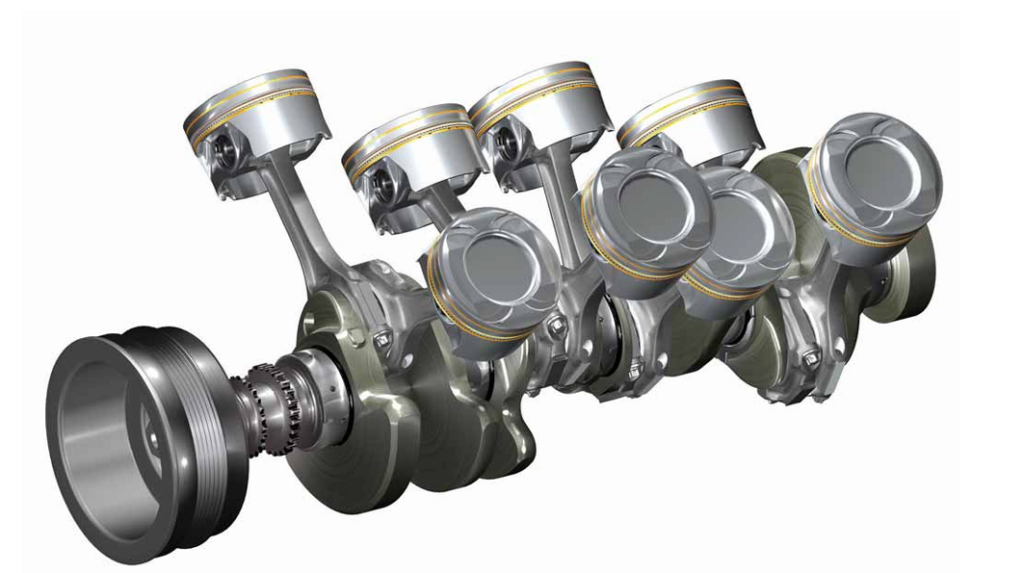
Common M278 Engine Problems & Fixes
While the M278 is considered a durable V8, mileage and neglect can expose issues.
| Problem | Symptoms | Cause | Solution |
|---|---|---|---|
| Oil leaks (timing chain covers) | Oil smell, oil spots under car | Weak seals | Reseal covers, replace gaskets |
| Turbocharger issues | Power loss, whistle noise, black smoke | Wastegate failure, carbon buildup | Clean intake, rebuild/replace turbo |
| Timing chain stretch | Rattle on cold start, CEL P0016/P0017 | Chain elongation, worn tensioners | Replace chain, guides, tensioners |
| High oil consumption | Frequent top-ups | Worn valve stem seals | Replace seals |
| Carbon buildup | Misfires, rough idle | Direct injection deposits | Walnut blast or chemical clean every 60k km |
Related reads: Car Overheated and No Crank on Morning Start : 100% Solution

M278 Reliability
The M278 is generally reliable, with many engines exceeding 200,000 km when properly maintained.
Strengths:
- – Smooth and powerful twin-turbo V8
- – More fuel efficient than M273
- – Lower emissions
Weaknesses:
- – Turbochargers prone to wear
- – Timing chain stretch at high mileage
- – Intake valve carbon buildup requiring regular cleaning
Models Equipped with the M278 Engine
- S-Class: S500, S550
- E-Class: E500, E550
- CL-Class: CL500, CL550
- GL-Class: GL500, GL550
- G-Class: G500
- ML-Class: ML500, ML550
- SL-Class: SL500, SL550
M273 vs M278 – Key Differences
| Feature | M273 | M278 |
|---|---|---|
| Induction | Naturally aspirated | Twin-turbocharged |
| Power | Up to 382 hp | Up to 429 hp |
| Fuel system | Port injection | Direct injection |
| Efficiency | Lower | Higher |
| Emissions | Older standard | Meets stricter regulations |
| Performance | Smooth, less torque | Strong low-end torque, faster |
Verdict: M278 improves on M273 in every major area power, efficiency, and emissions compliance.

Maintenance Tips for the M278
To keep the M278 healthy and avoid expensive repairs:
- Oil changes: every 8,000–10,000 km (fully synthetic 5W-40).
- Turbo inspection: check for leaks & unusual noises.
- Timing chain: inspect after 150,000 km, replace if stretched.
- Carbon cleaning: walnut blast or chemical clean every 60,000 km.
- Cooling system: monitor water pump & radiator for leaks.
FAQs : Mercedes M278 Engine
Q1: Is the M278 a reliable engine?
Yes, when maintained. It’s more efficient and powerful than the M273 but requires attention to timing chains and turbos.
Q2: What are the most common M278 problems?
Timing chain stretch, turbo wear, and intake carbon buildup.
Q3: How long can a M278 engine last?
With preventive maintenance, many exceed 200,000 km.
Q4: What oil does the M278 use?
Fully synthetic 5W-40 (MB spec 229.5).
Q5: Which cars use the M278?
S-Class, E-Class, CLS, CL, GL, G, ML, and SL models between 2010–2020.
Conclusion: Should You Buy a Mercedes with the M278?
The Mercedes M278 4.7 L V8 delivers a rare combination of performance, refinement, and efficiency. With twin turbos and direct injection, it easily outperforms the M273, while meeting modern emissions standards.
Yes, it comes with potential issues especially timing chain stretch, oil leaks, and carbon buildup but regular maintenance will keep it strong beyond 200,000 km.
Explore more engines in our Mercedes Engine Types Hub.
Author
Written by Mercedes Expert
With years of hands-on experience diagnosing and repairing Mercedes-Benz systems, he brings technical depth and practical case studies to help car owners, technicians, and enthusiasts troubleshoot complex automotive issues. His work focuses on clear repair guides, OEM-level procedures, and knowledge-sharing to empower both professionals and drivers.
Last Updated: September 2025

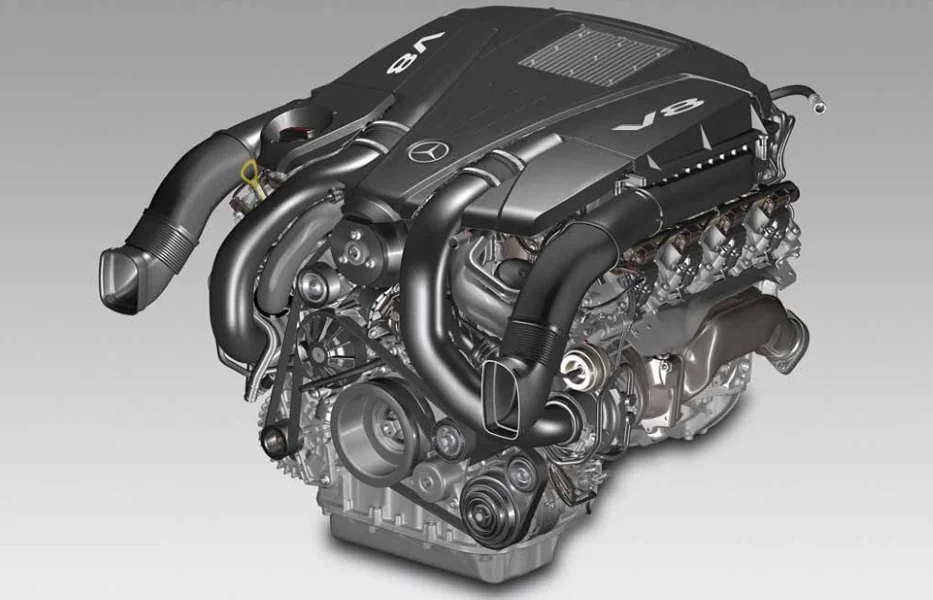


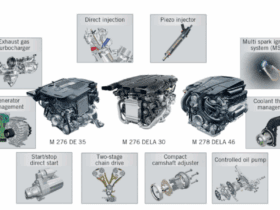
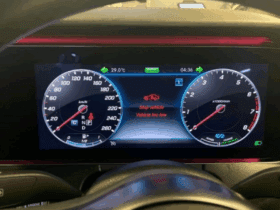
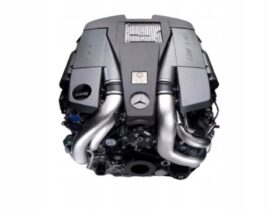


Leave a Reply